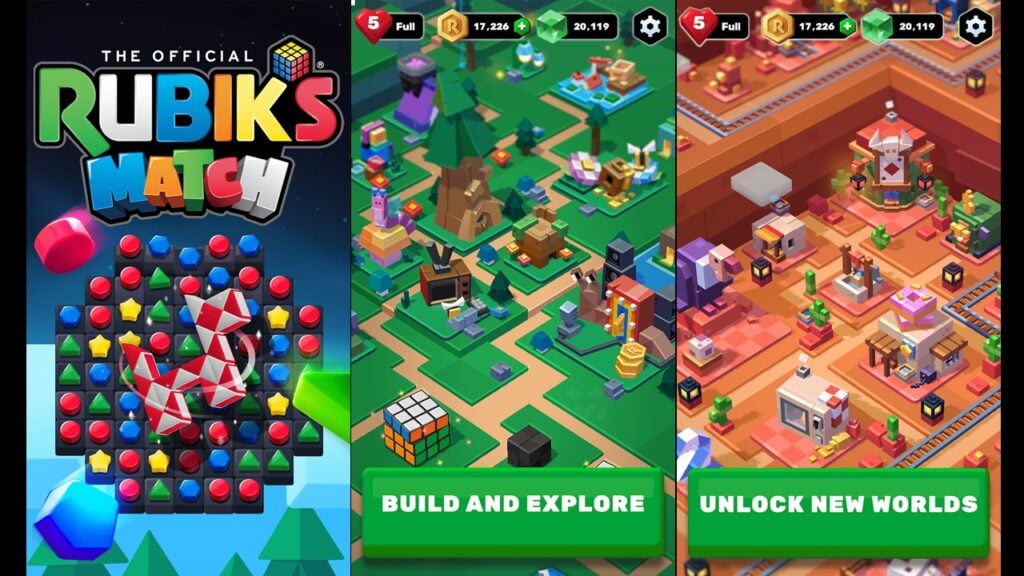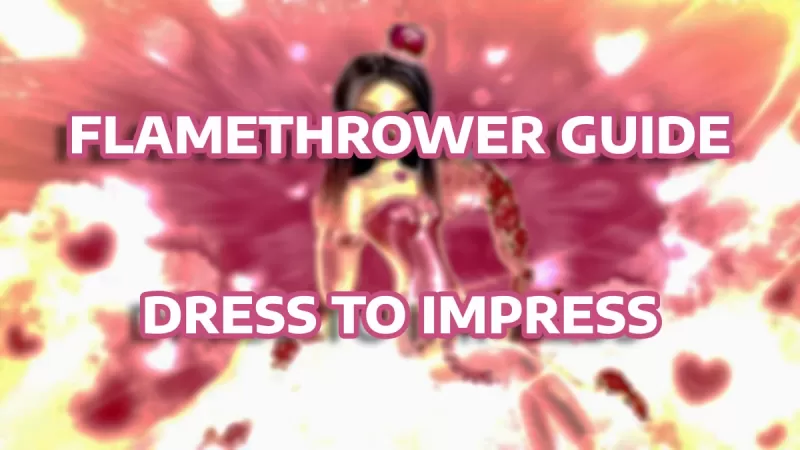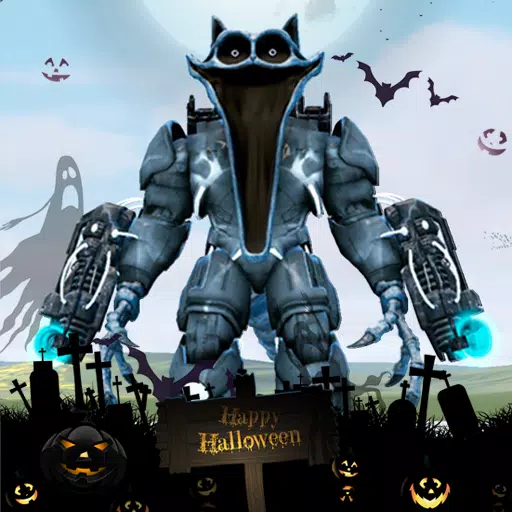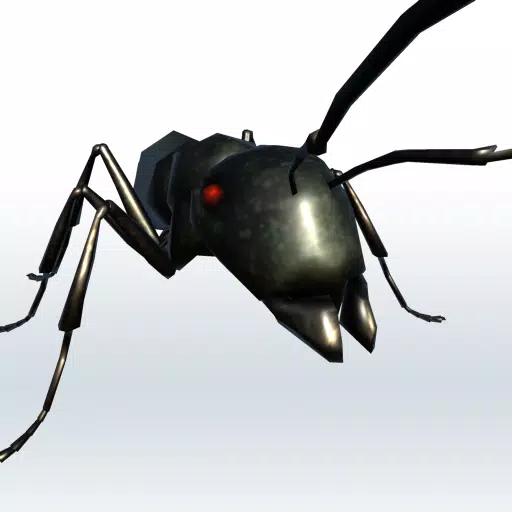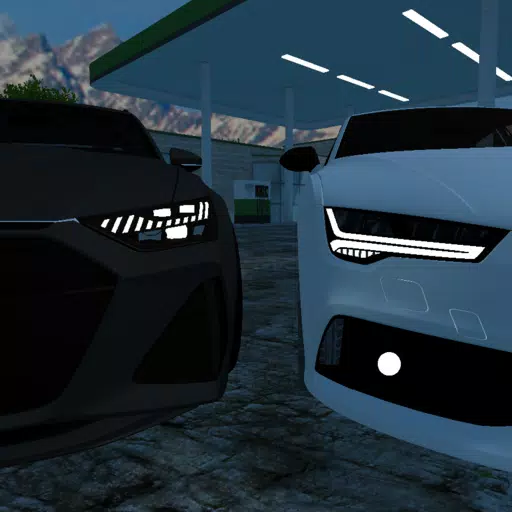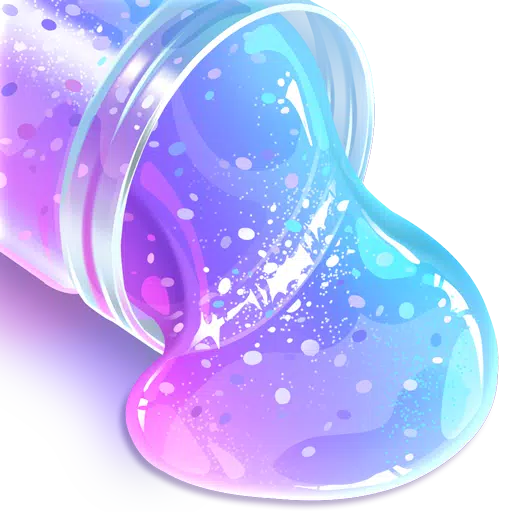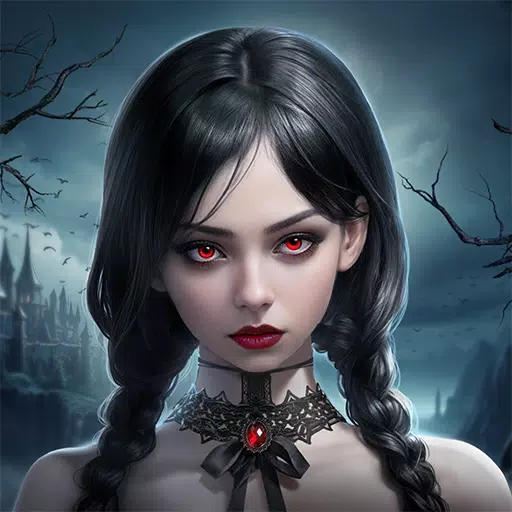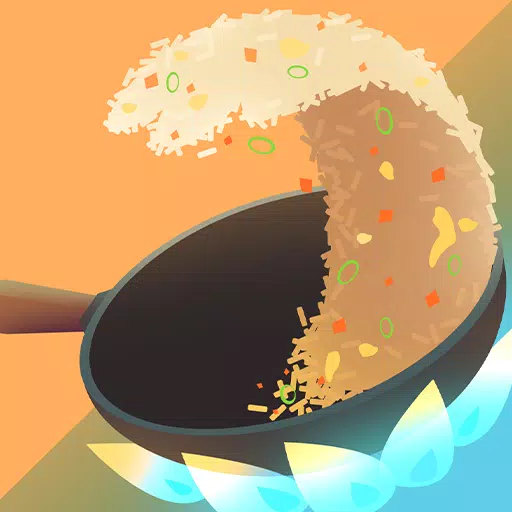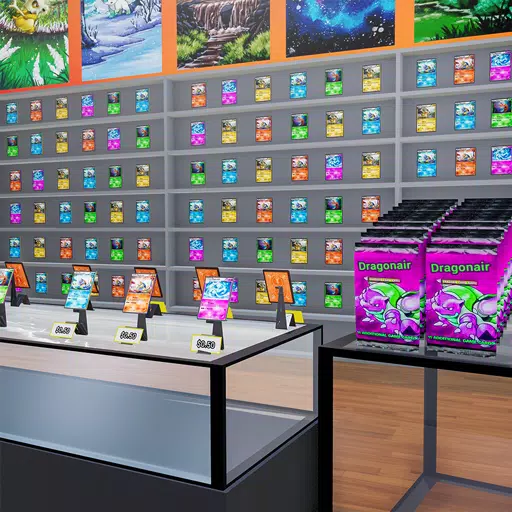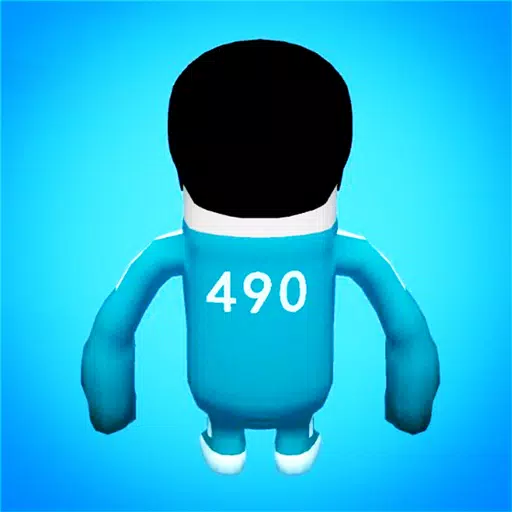"Lost Records: Bloom & Rage - A 90s Nostalgia Trip"
In 2015, the French studio Don't Nod set a new standard for interactive dramas with Life is Strange, an enchanting adventure that celebrated the beauty of everyday moments, the strength of unbreakable friendships, and the relentless march of time. Players were captivated by its meticulous attention to detail and the ability to explore and influence the game world significantly. Although subsequent projects saw the developers branching into different genres, none quite recaptured the magic that fans adored.
Years later, Don't Nod returns to its roots with Lost Records, a coming-of-age tale that transcends mere interactive cinema. It's a heartfelt tribute to a bygone era and the essence of youthful freedom. With its evocative atmosphere, memorable characters, and impactful choices, Lost Records enthralls players anew.
Table of Contents
- Friends Reunite to Uncover Secrets from the Past After 27 Years
- Choices Still Impact Surroundings, Dialogues, and Relationships
- Bloom & Rage Creates Beautifully Imperfect Characters
- A Town Worth Dreaming About
- Slow-Paced Plot: The Defining Feature of the Story
Friends Reunite to Uncover Secrets from the Past After 27 Years
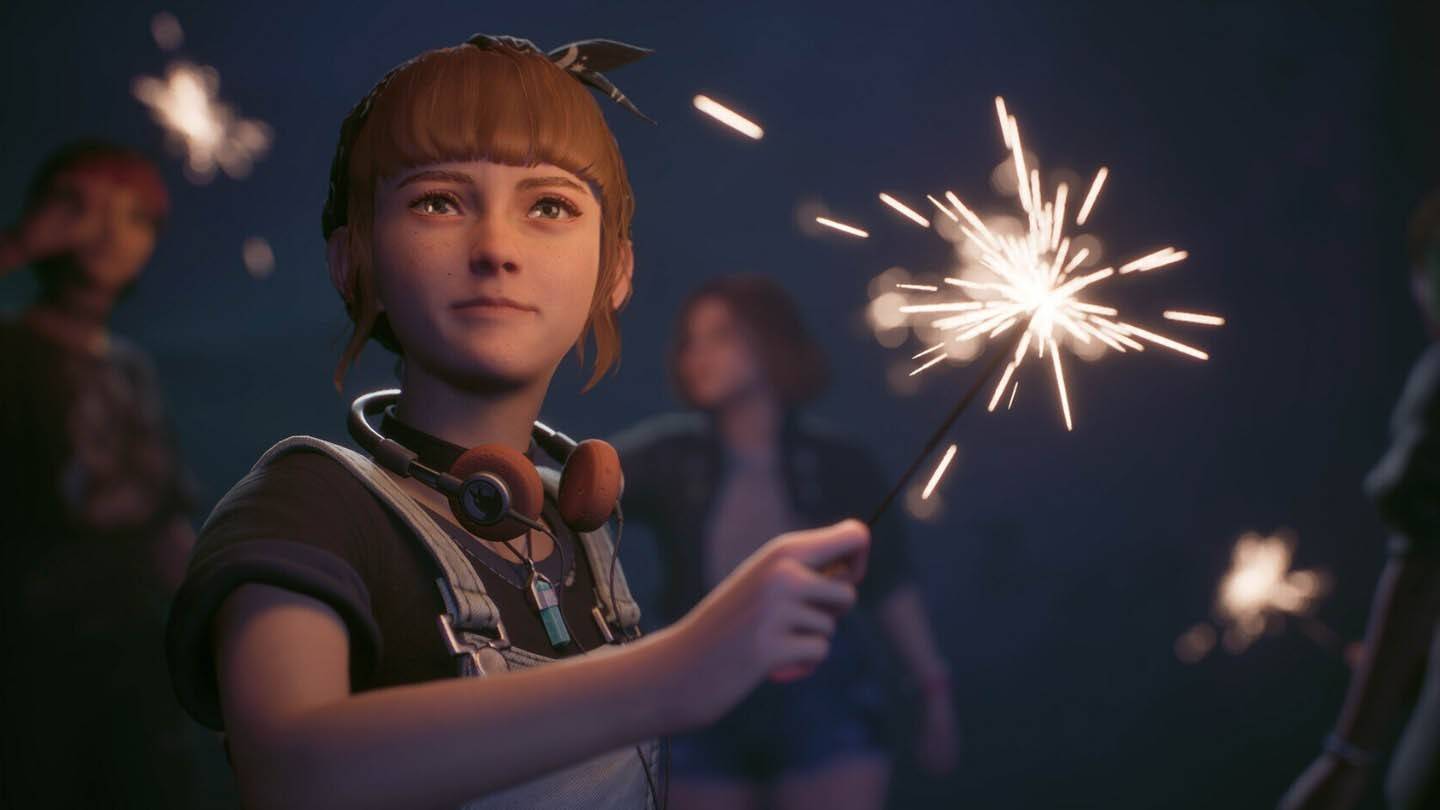 Image: ensigame.com
Image: ensigame.com
The story revolves around four women whose friendship disintegrated 27 years ago. Our protagonist, Swan Holloway, returns to her hometown of Velvet Bay for a reunion with her old friends, only to discover a mysterious package from their past. A forest, an abandoned house, and secrets better left undisturbed—these elements bring forgotten memories to life, embodying the essence of Bloom & Rage: a summer night's dream relived.
The narrative seamlessly shifts between two timelines: 1995, when life seemed simpler and brighter, and 2022, where the heroines, now in their forties, meet in a bar with awkward smiles, avoiding the painful incident that tore them apart. The camera occasionally switches to first-person mode to highlight these temporal shifts.
However, the bulk of the gameplay unfolds in the past. Players explore stunning locales, nurture relationships, and capture moments with a vintage HVS camera. Video recording is a central mechanic, allowing Swan to document graffiti, wildlife, people, and even paranormal phenomena, much like Max in Life is Strange.
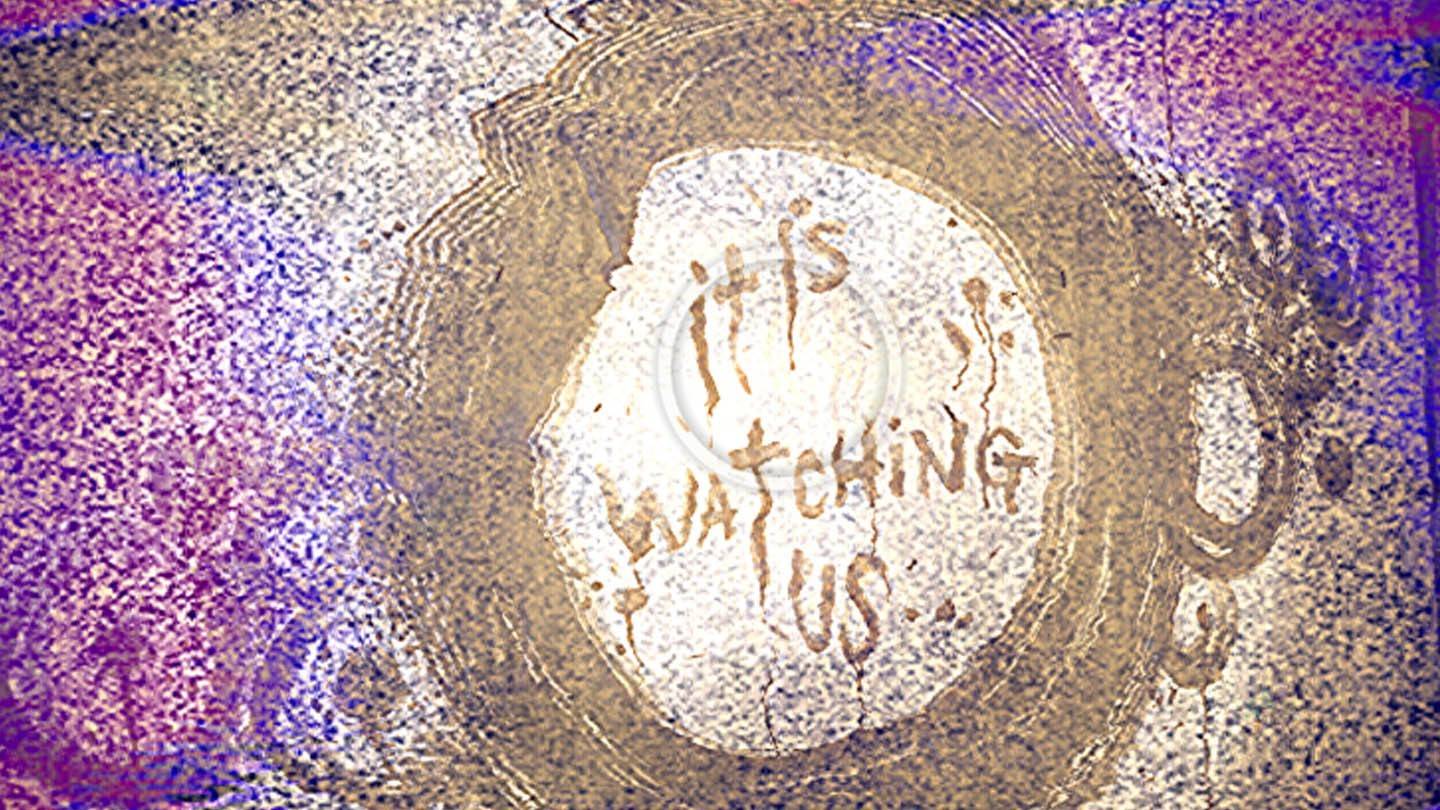 Image: ensigame.com
Image: ensigame.com
In a dedicated menu, players can edit collected footage into short films, categorized by themes, with Swan providing commentary on the results. Some of these documentaries integrate into the storyline, though they don't alter it.
Meanwhile, the choices players make throughout the game profoundly affect the narrative, with both immediate and long-term consequences. The episodic nature of the game and the central narrative issue (or feature) currently limits the extent of these long-lasting impacts.
Choices Still Impact Surroundings, Dialogues, and Relationships
Lost Records excels in interactivity and meticulous attention to detail, hallmarks of Don't Nod's work. For instance, when Swan expresses a desire for ice cream from a nearby truck, players can choose to fulfill her wish or continue with other tasks. Delaying too long might result in the truck closing, which in turn affects subsequent conversations with new acquaintances.
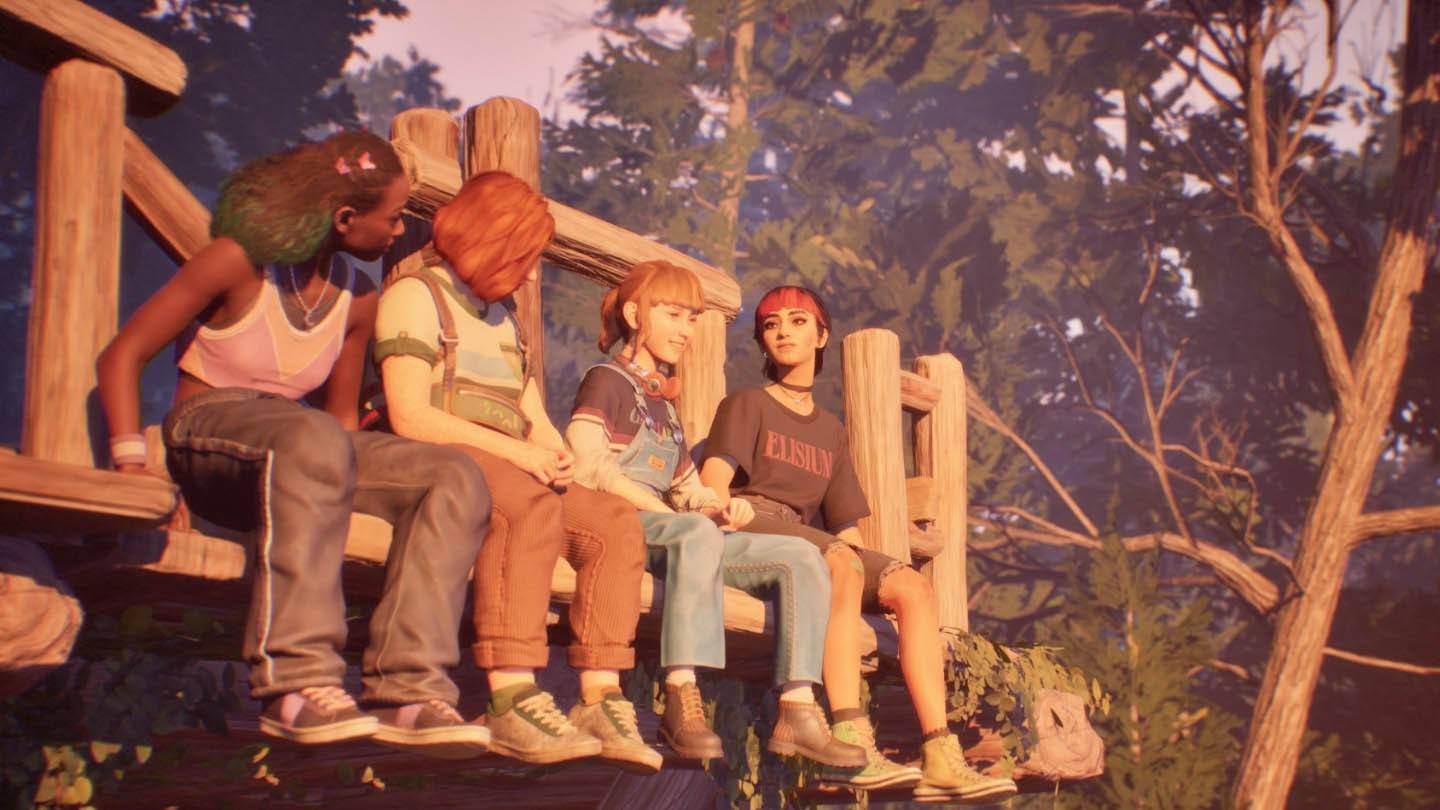 Image: ensigame.com
Image: ensigame.com
The game world is dynamic, enhancing its allure. Dialogues unfold in real-time, reminiscent of Oxenfree and Telltale games, with characters interrupting each other, changing topics, and offering silence as a viable option. Sometimes, choosing to say nothing is wiser than revealing someone else's secret impulsively.
The freedom to build relationships is another form of choice. Players aren't required to seek everyone's approval; if someone doesn't appeal to them, they can simply ignore them. Swan, despite her shyness, can be encouraged to open up and engage more deeply.
Bloom & Rage Creates Beautifully Imperfect Characters
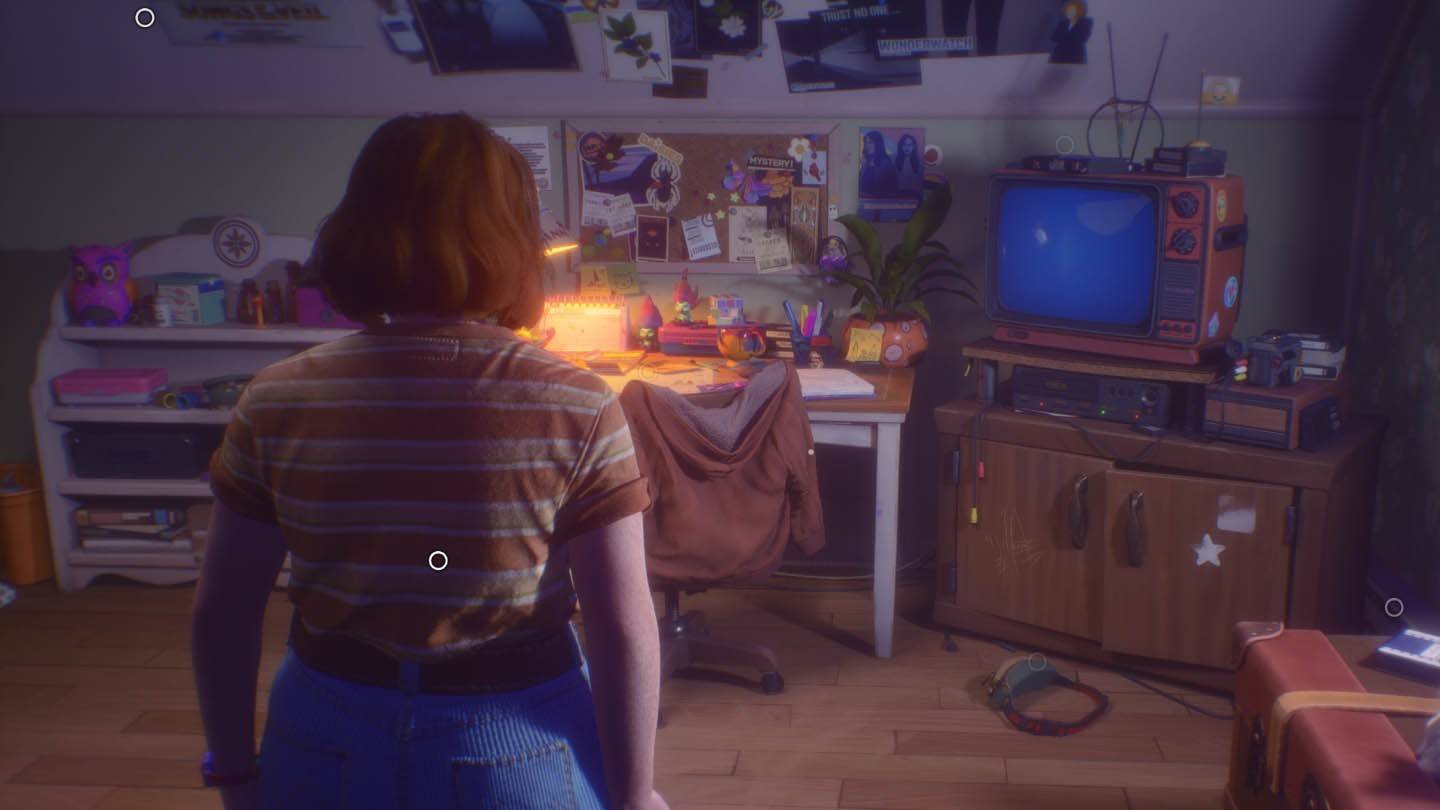 Image: ensigame.com
Image: ensigame.com
Don't Nod has a knack for crafting characters that feel authentic. They are loud, occasionally clumsy in their youthful idealism, yet deeply sincere. I once criticized the main cast of Life is Strange: Double Exposure for lacking depth, wondering if interactive films had lost their touch. However, the issue lay elsewhere; Deck Nine simply doesn't develop characters as effectively as Don't Nod.
Swan is endearing—an ordinary 16-year-old struggling with self-doubt, constantly worrying about her words, and using her camera as a shield. While reminiscent of Max Caulfield from Life is Strange, Swan isn't merely a derivative; she's a fresh take on a familiar archetype.
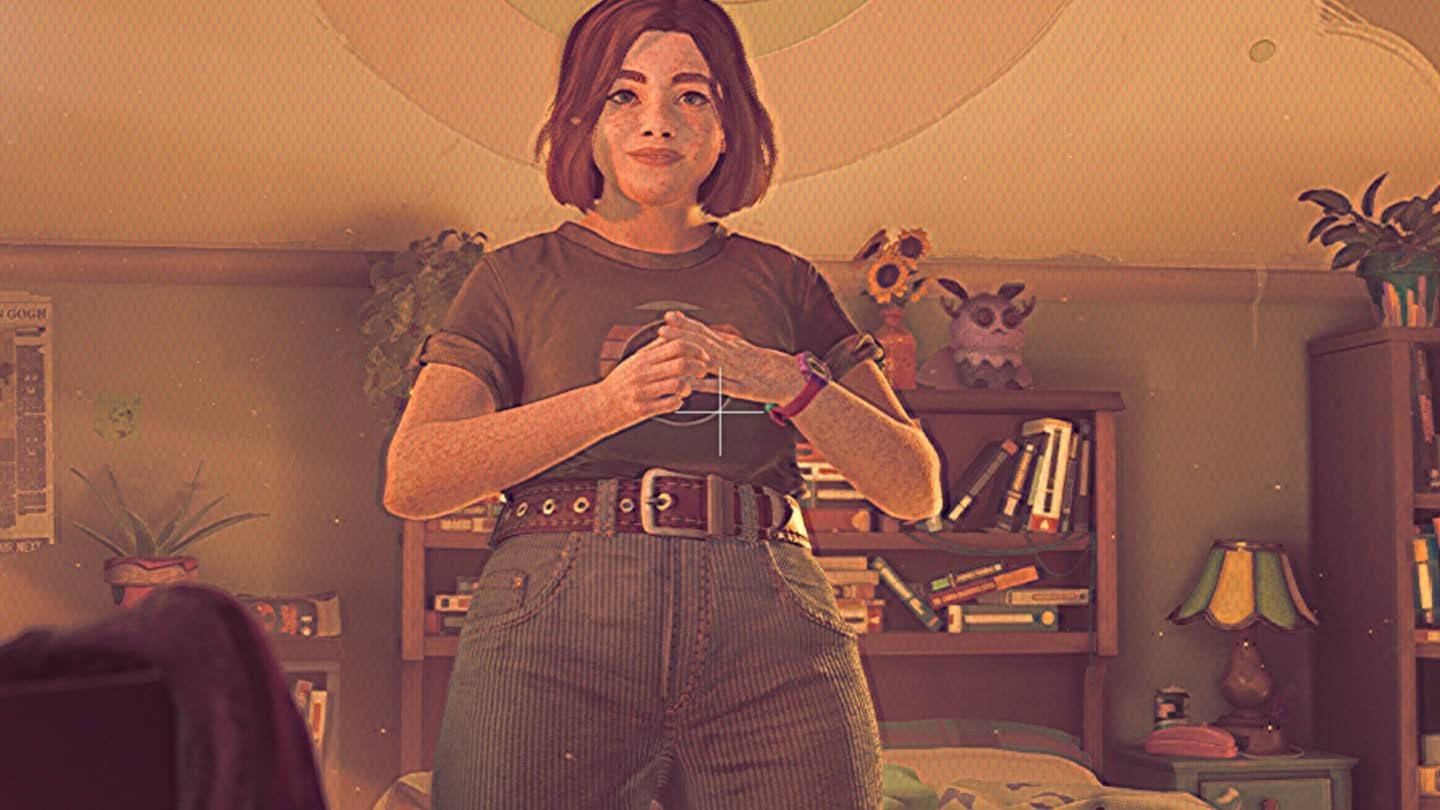 Image: ensigame.com
Image: ensigame.com
Her friends—Ottem, Kate, and Nora—fit familiar tropes but transcend them. Nora, the punk girl with colorful bangs and big American dreams, turns out to be the most cautious in the group. Kate, the passionate writer, often encourages wild antics and urges Swan to seize the moment, while Ottem values thoughtful and serious individuals.
In their company, players relive the feeling of being a teenager who believes they know everything about life, regardless of their actual age. Lost Records is a journey through time—not just into youth but into the heart of the '90s.
A Town Worth Dreaming About
Nostalgia permeates every aspect of the game, epitomized by Swan's room, a treasure trove of '90s artifacts. A bulky TV with tapes, floppy disks, tamagotchis, Rubik's cubes, and troll dolls evoke a sense of nostalgia for millennials. Each detail invites exploration and reflection, stirring both admiration and a touch of melancholy for the golden years.
Easter eggs referencing pop culture abound: Sabrina, The X-Files, Tank Girl, The Goonies, Twilight, Casper, Revenge of the Nerds, and more. Video games like Oxenfree, Night in the Woods, Control, and Life is Strange are also referenced, along with books and music such as House of Leaves, Nine Inch Nails, and Nirvana.
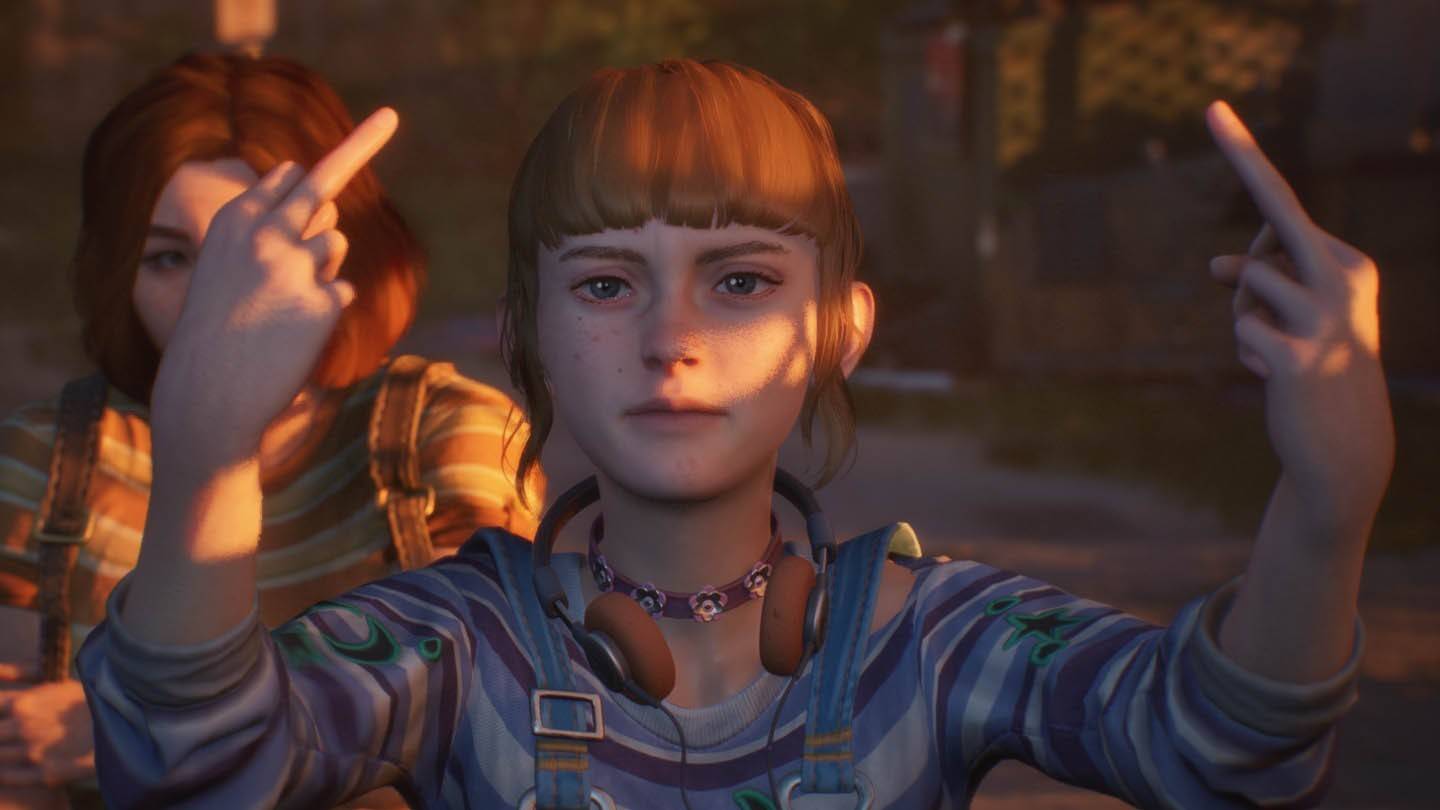 Image: ensigame.com
Image: ensigame.com
The most overt reference is the plot setup, reminiscent of Stephen King's It, with 27 years passing since the characters last met.
The soundtrack deserves special mention. Don't Nod's choice of dream-pop and indie-rock tunes, including the standout track "See You in Hell," is both soothing and memorable. Initially, I thought the music didn't resonate, but "The Wild Unknown" has been stuck in my head for days.
Thanks to the skillful integration of all these elements, Velvet Bay emerges as the quintessential sleepy American town. Cozy by day and chilling by night, the more players explore, the more Bloom & Rage intrigues and captivates.
Slow-Paced Plot: The Defining Feature of the Story
 Image: ensigame.com
Image: ensigame.com
The exposition unfolds so gradually that players might forget they're in a mystery genre. Unlike Life is Strange, where teenage life quickly transitions into detective work, Lost Records adopts a different pace. It insists players get to know the characters, forge bonds, and immerse themselves in the '90s atmosphere before the narrative shifts gears.
For me, this isn't a flaw, but it might not suit everyone's taste. The situation improves in the second half of the first episode (or "reel"), where tension builds and suspense mounts. The episode concludes with a gripping cliffhanger, setting the stage for more excitement in the next installment. This leaves players theorizing and anticipating—exactly what the developers intended.
Lost Records: Bloom & Rage transports players to the '90s, even if they never lived through them. It's a game that understands its audience and doesn't pretend to be anything else. It possesses all the essential elements for success in the genre: relatable characters, engaging interactions, and the potential for a compelling story. Its ultimate impact will be clearer after the release of the second part on April 15th. Hopefully, Don't Nod will weave their magic once more, and I eagerly await the conclusion.
-
1
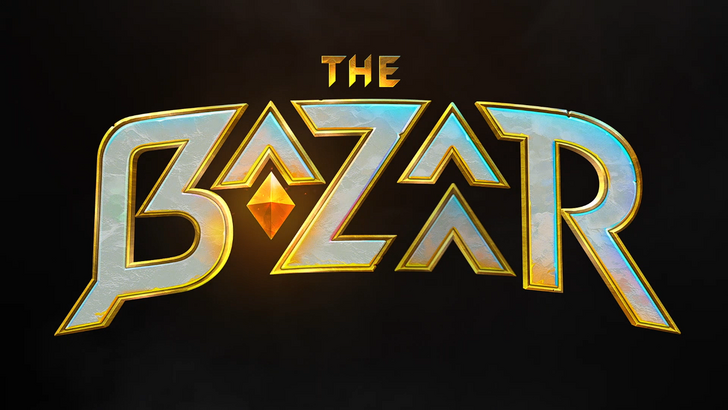
Announcing the Bazaar Release: Date and Time Unveiled
Feb 02,2025
-
2

Andrew Hulshult 2024 Interview: DOOM IDKFA, Blood Swamps, DUSK, Iron Lung, AMID EVIL, Music, Guitars, Cold Brew Coffee, and More
Jan 07,2025
-
3
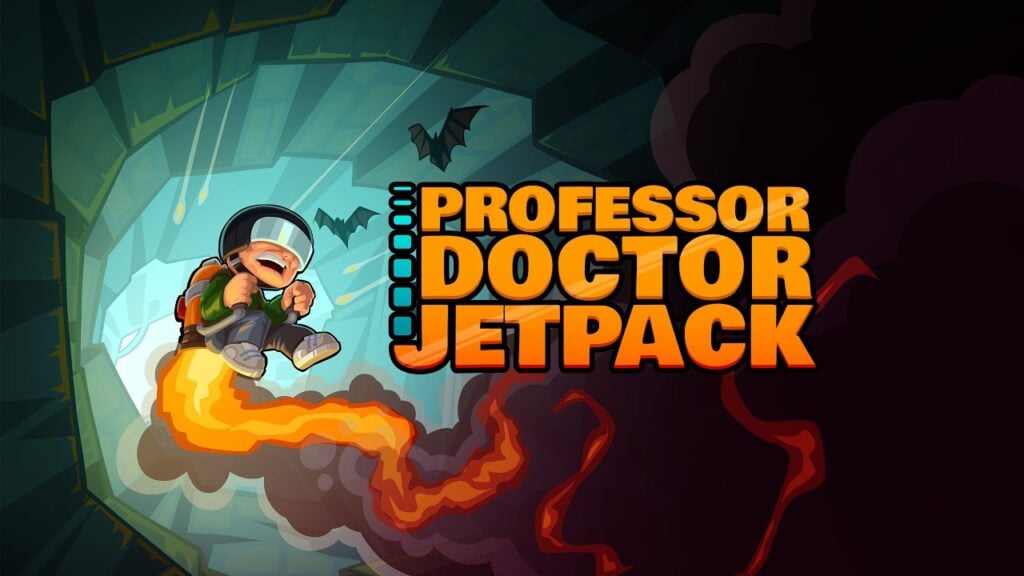
Professor Doctor Jetpack is a Pixel Art Precision Platformer Now Out on Android
Dec 30,2024
-
4
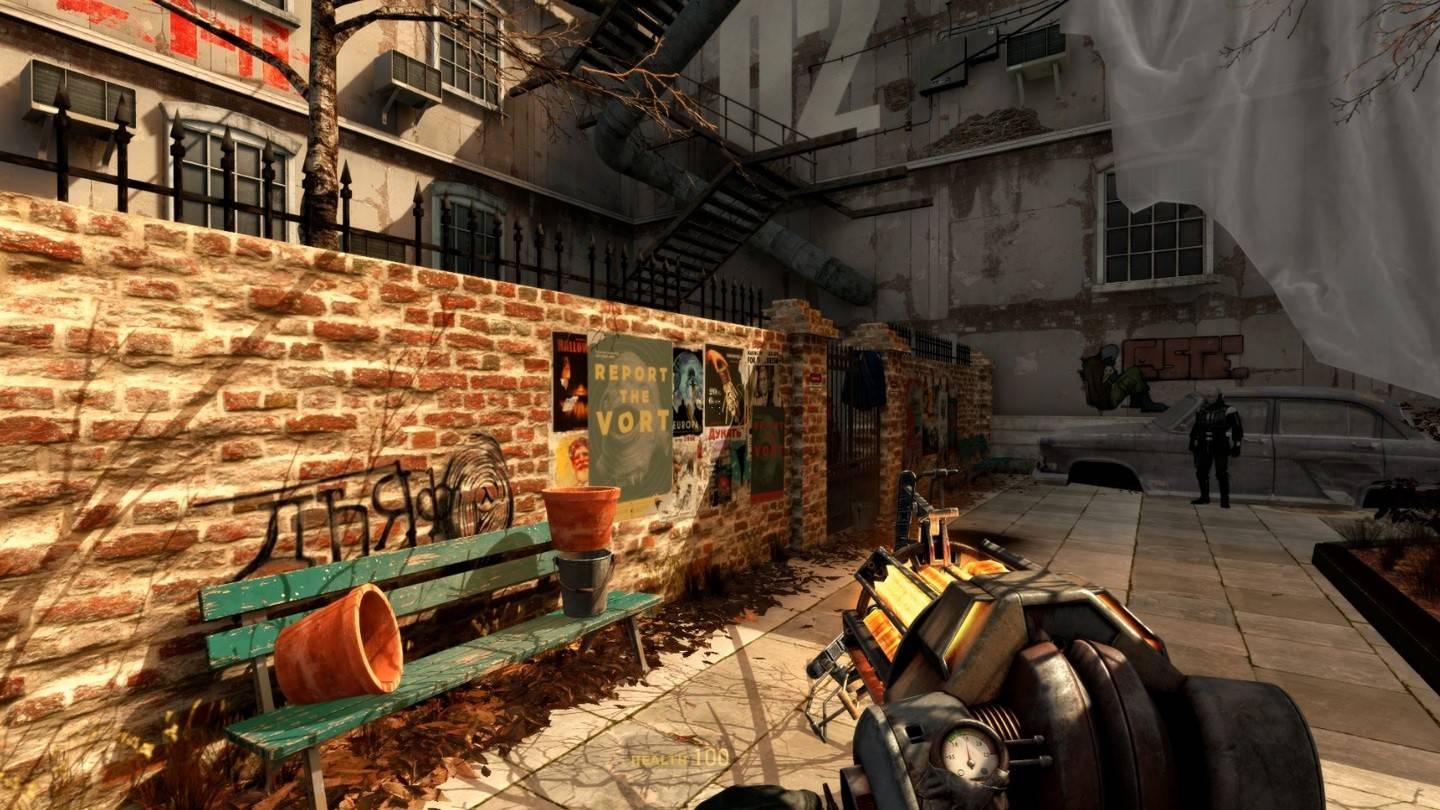
A demo of the fan-made sequel Half-Life 2 Episode 3 Interlude has been released
Jan 05,2025
-
5
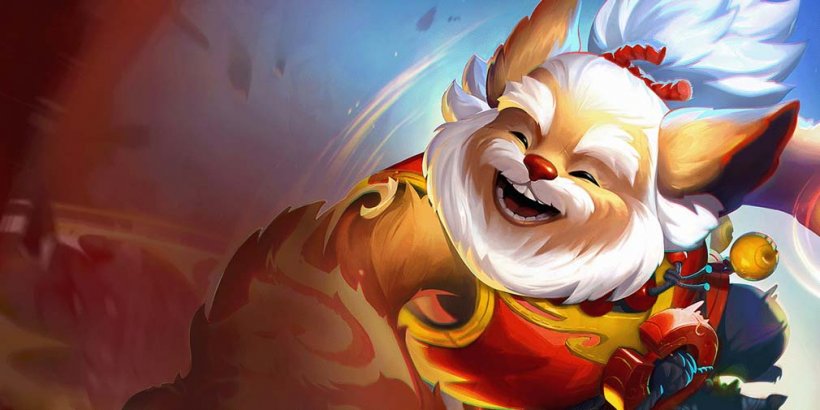
Teamfight Tactics 14.14 Patch Notes: Inkborn Fables Finale
Jan 11,2025
-
6
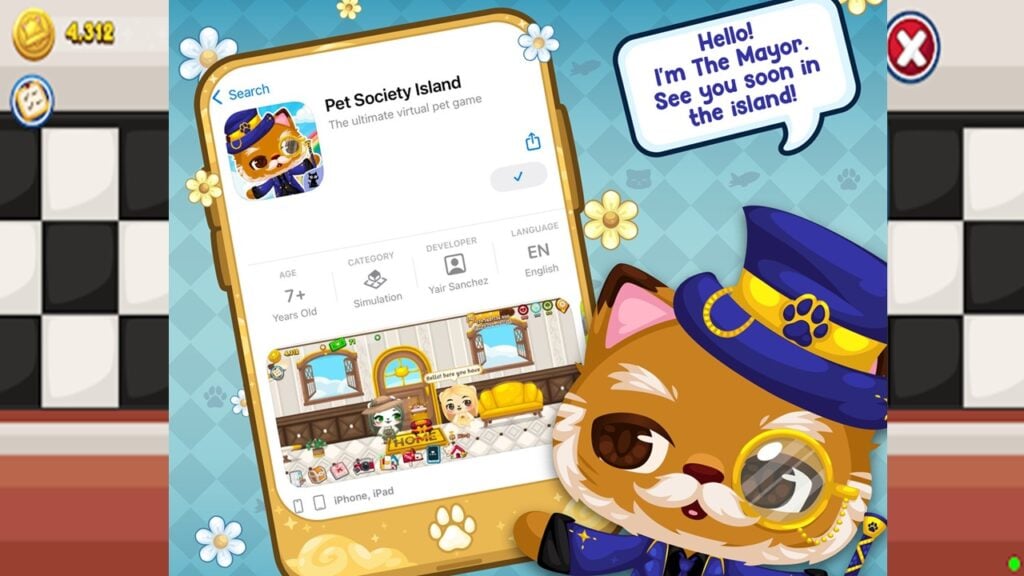
Android Welcomes Virtual Pet Haven: Pet Society Island
Jan 09,2025
-
7

Switch 2: Summer 2024 Launch Expected
Dec 11,2024
-
8
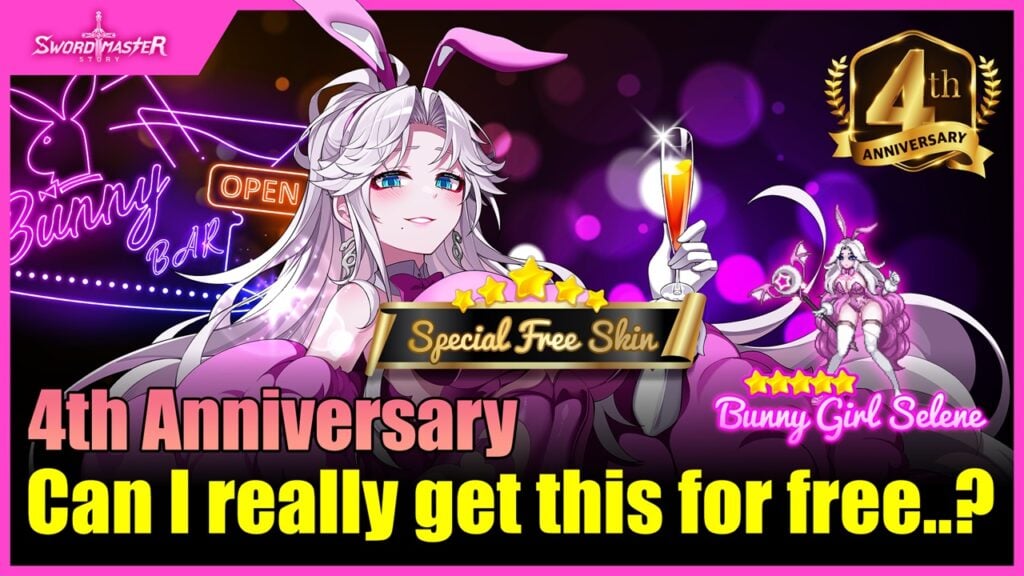
Sword Master Story Is Celebrating Its 4th Anniversary with Tons of Freebies!
Jan 09,2025
-
9
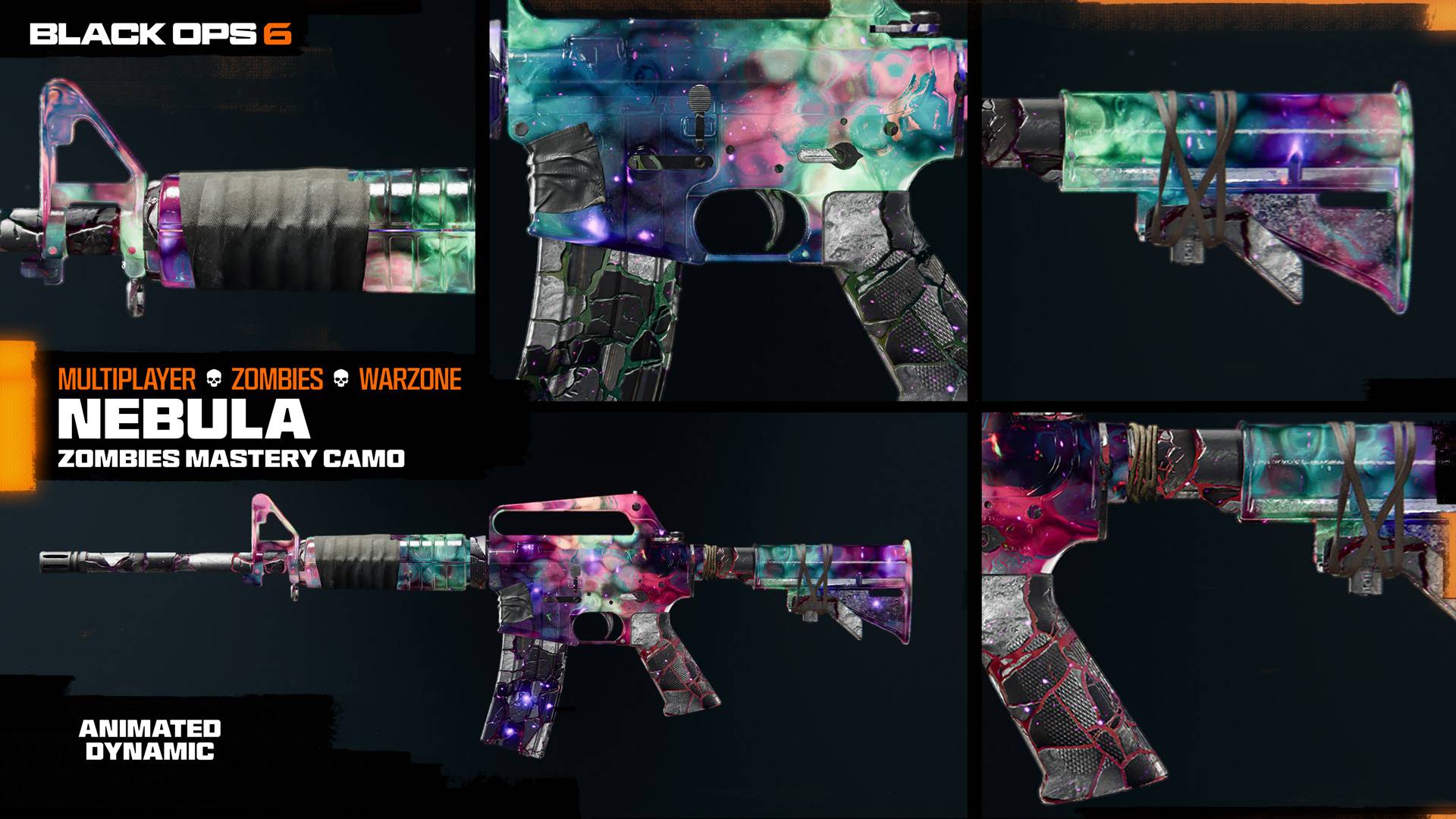
All Camo Challenges in Call of Duty: Black Ops 6 Zombies
Jan 05,2025
-
10
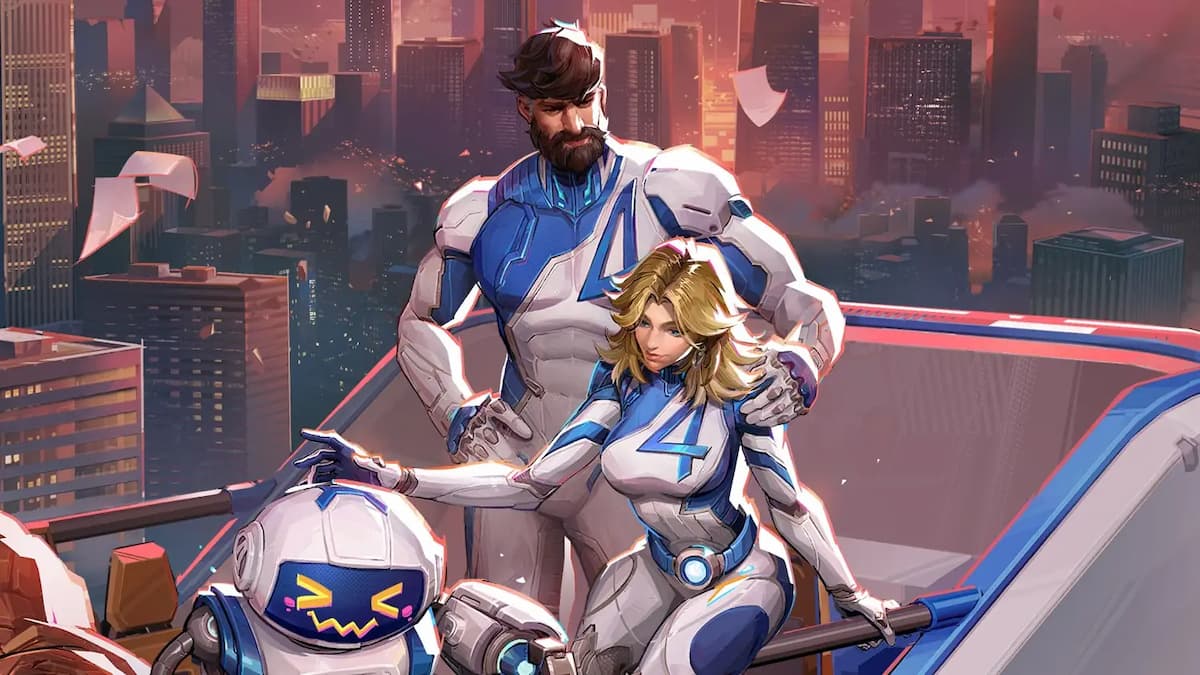
Marvel Rivals Unveils Season 1 Release Date
Feb 02,2025
-
Download

Ben 10 A day with Gwen
Casual / 47.41M
Update: Dec 24,2024
-
Download
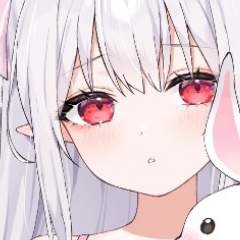
A Simple Life with My Unobtrusive Sister
Casual / 392.30M
Update: Dec 10,2024
-
Download
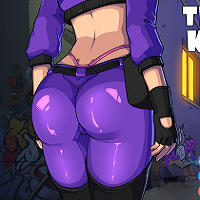
The Lewd Knight
Casual / 1210.00M
Update: Jan 02,2025
-
4
Kame Paradise
-
5
Chumba Lite - Fun Casino Slots
-
6
Little Green Hill
-
7
I Want to Pursue the Mean Side Character!
-
8
Evil Lands: Online Action RPG
-
9
Lost Fairyland: Undawn
-
10
Hero Clash

